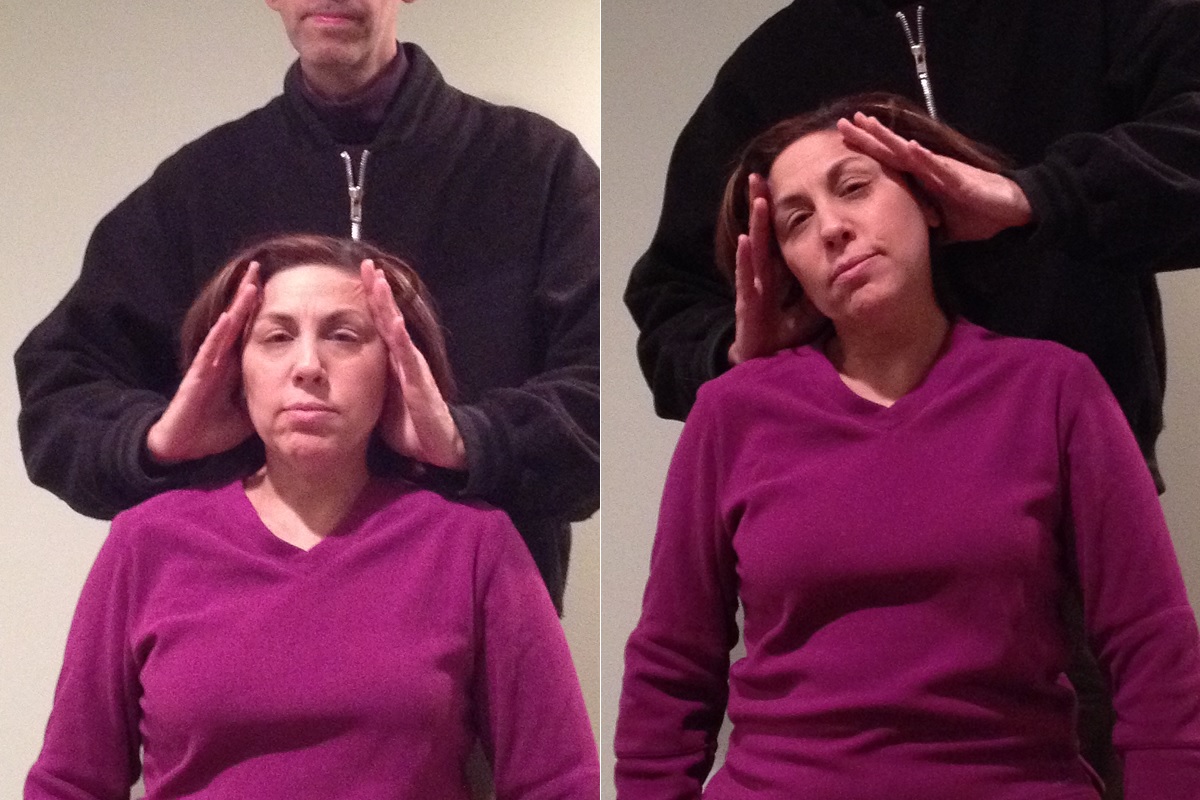An often and overlooked cause of lower back and neck pain is gravity. As strange as that might seem, gravity can be your friend or your foe. The friendly aspects of gravity keep us, and everything on the earth, grounded. It gives weight to objects and and causes physical objects to fall toward the ground when dropped from a height. Without our gravity, the earth and everything within it would be in a state of total chaos. However, because of this weight and the constant downward forces, an unfriendly consequence that gravity will give rise to is compression.
Compression is defined as the application of balanced inward (pushing) forces to different points on a material or structure, which forces, with no net sum or torque directed, so as to reduce its size in one or more directions. When applied to the body, specifically the spine, it can increase or decrease in various positions or postures.
Alf Nachemson illustrated the amount of pressure exerted on the spinal discs in standing, sitting and carrying as opposed to lying. As you can see in the chart below, as soon as we go from lying to standing, the pressure on the discs is 400 percent higher and continues to increase in bending and sitting. Doing other activities such as sitting in a car, running, lugging around a back pack, and carrying a briefcase, to name a few, certainly would see the numbers skyrocket. No wonder back pain is so prevalent!

When the stress of compression exceeds the ability of the body to dissipate these forces, pain will ensue. At this point we diagnosis patients with Spinal Compression Syndrome (SCS). Unfortunately, there are no specific tests to help determine if this is the source of your pain. However, based on symptoms and a comprehensive examination, we can “rule out” other conditions, which by process of elimination, will “rule in” SCS.
There are a few simple tests you can do that can be very helpful in self-determining if you have SCS. Please note that if you are unsure if you are doing the tests correctly, call our office and we would be happy to either talk you through it and/or have you come in for a complimentary consultation.

Test #1
Assume the position of pain and then have someone gently lift your lower ribcage in an axial direction (up towards the ceiling). This is an example of pain when bending to the right side.

Test #2
Sit off the edge of a bench or a bed while supporting your torso on your fully extended arms. Alternatively, you may sit on a chair and support yourself on the armrests.

Test #3
Assume the position of pain and then have someone gently lift your head towards the ceiling.
What treatment can be done to help Spinal Compression Syndrome?
While there are many types of treatment that are effective, which we readily used in our office, such as spinal manipulation, electric muscle stimulation, ultrasound and spinal exercises, it is not our intent list all of them but simply to introduce you to a safe, comfortable and very effective type of treatment that you may not be aware of.
Spinal Decompression Therapy (STD)
SDT is used for the treatment of chronic back and neck pain, spinal stenosis, herniated discs, arthritis. It is a traction based therapy and by proper positioning, spinal discs can be isolated causing a vacuum effect within it, drawing it back from its herniated position. STD will have the effect of creating more space within each individual vertebra which can alleviate the pain of spinal stenosis. Regardless of the cause of your pain, SDT will, by its very unique and specific nature, “decompress” compressed joints, thus alleviating the pain associated with Spinal Compression Syndrome.


Do You Know?
You are shrinking right now. Because the spinal discs absorb water when in a non-weight bearing position, as in sleeping, you are about a ½” taller when you wake up. By the end of the day, the compression caused from standing and sitting, will cause the same discs to lose that water and thus, you are a ½” shorter.
